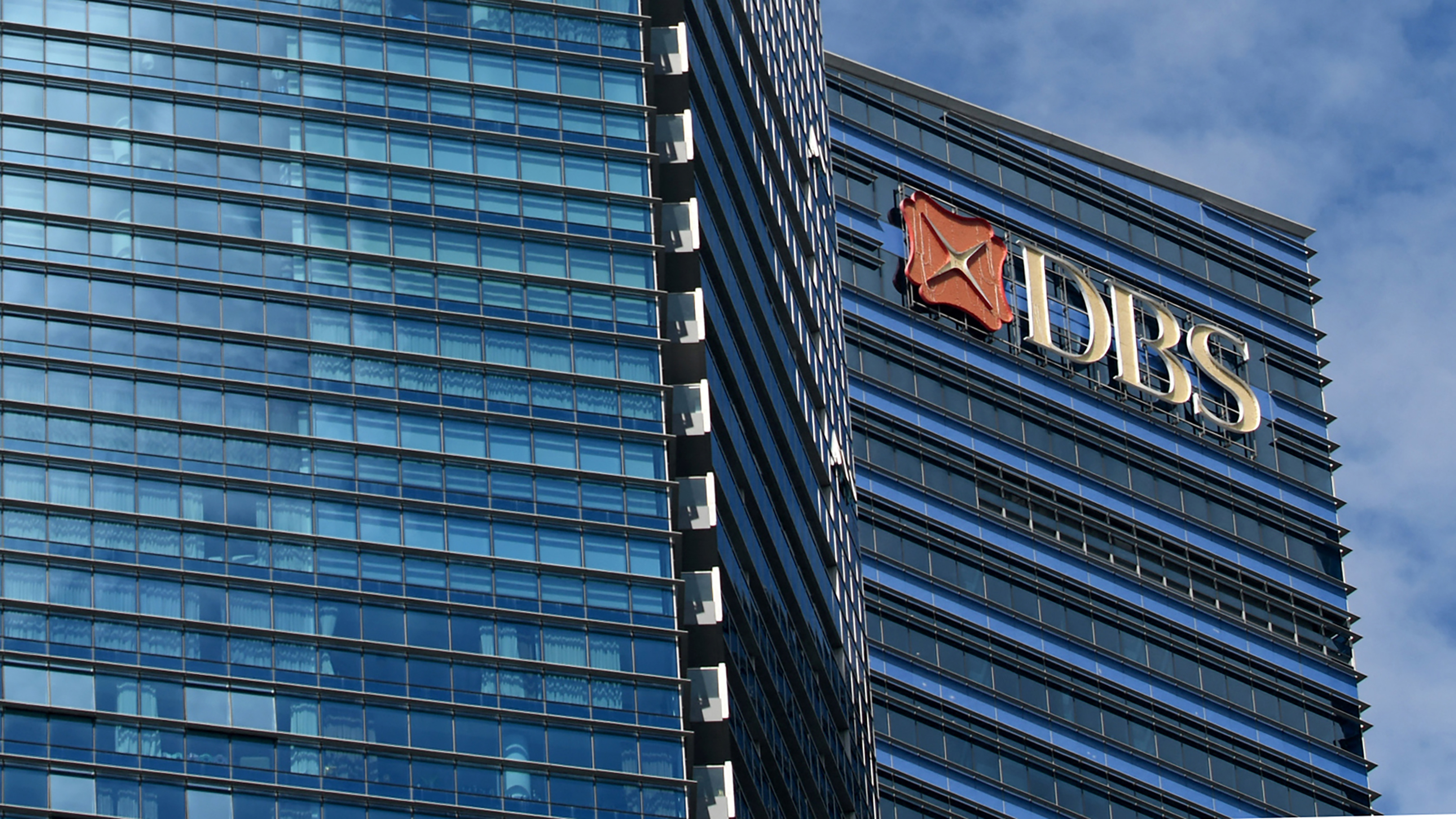
Holding on: Singapore’s DBS Bank is still ranked number one for Tier 1 capital. Image: Getty Images
Singapore’s banks take the top spots again in the Tier 1 ranking, but Indonesia’s banks continue their strong showing across the performance metrics. Kimberley Long reports.
The return to economic growth for many countries across Asia has resulted in strong performances for banks within the Association of Southeast Asian Nations (Asean).
Singapore’s banks continue to dominate, taking the top three places in The Banker’s Top 30 Asean Banks ranking. Overall, there is little change in the top 15 ranking from last year, with all banks retaining the same position except for Bank Mandiri and Bangkok Bank, which rise one place to sixth and seventh, respectively, pushing Bank Central Asia (BCA) down to eighth place from sixth. Bank Rakyat Indonesia (BRI) held on to its fourth place, despite seeing a 6.69% drop in Tier 1 capital.
Even with its fall in position, this is a year to celebrate for BCA: the Indonesian bank placed top in the best-performing bank ranking, rising from fourth in 2022 and usurping its compatriot BRI, which falls to third. Despite only placing 24th in the growth ranking, which is reflected in its fall down the table for Tier 1 capital, BCA placed in the top 10 for five metrics, with its highest placing coming from the joint second spot for return on risk.
The performance of Indonesia’s banks overall is made clear in the best-performing ranking, where its banks make up half of the top 10. The success is most obvious in the return on risk category, in which there are five Indonesian banks, and the profitability and soundness tables, where there are four. Indonesia’s banks were given a boost by the country’s strong gross domestic product (GDP) figures, which grew 5.31% in 2022, the fastest growth seen in the country for nine years.
Despite their continued strength in Tier 1 capital, Singaporean banks only reached a mid-table position in the overall best-performing table. DBS came in 15th, taking fifth place for growth and fourth for both asset quality and liquidity. However, the bank is let down by its results in soundness, where it came 28th, and leverage, where it had to settle for bottom place in the table at 30th.
Oversea-Chinese Banking Corporation placed one position behind in 16th overall, but enjoyed a top 10 placing for its growth and asset quality. The third Singaporean bank in the ranking, United Overseas Bank, placed in 2nd, but took fourth place for its growth and third for liquidity.
Vietnam’s banks broke into the top 20 overall ranking, with Vietcombank moving up to 16th place thanks to a 21.66% increase in Tier 1 capital. Vietnam Prosperity Bank (VPB) climbed one place to 24th with a 20.62% increase in Tier 1 capital, but saw much better results in the best-performing ranking where it took second place overall. The bank also took the top place for growth and operational efficiency, third for profitability and soundness, fourth for leverage, and seventh for return on risk.
However, Techcombank, which came second in the best-performing ranking last year, did not appear this year because capital adequacy figures were not available in time for publication. The bank was downgraded from Ba2 to Ba3 by Moody’s in March 2023 due to its exposure to Vietnam’s struggling property sector.
Vietnam’s banks enjoyed the boost from the country’s impressive GDP growth in 2022, which hit 8.02%, the fastest rate recorded in the country since the mid-1990s and higher than the official growth target of 6.5%.
Although Thailand’s banks performed well when ranked by Tier 1 capital, with Bangkok Bank, Kasikornbank and Siam Commercial Bank X (SCB X) all placing within the top 10, only SCB X and Krungthai Bank made it into the top 20 best-performing ranking, in 17th and 20th place, respectively.
The country’s banks also only appear in the top 10 performance metrics across two categories, with Kasikornbank coming in ninth for soundness and seventh for leverage, and SCB X taking ninth also in the leverage category.
Malaysia has five banks in the top 30 ranking, with Maybank retaining fifth place again for 2023 despite Tier 1 capital levels falling by 6.72%. Further down the table, CIMB Group and Public Bank hold on to their 11th and 12th places, respectively. However, RHB Bank falls from 17th to 19th place, and Hong Leong Bank falls one place to 20th. CIMB Group was the only Malaysian bank in the top 20 to record an increase in Tier 1 capital, at 0.85%.
Although it only rose one place in the top 30 to 25th, AmBank Group had a much stronger showing in the best-performing ranking, taking fourth place overall. Bank Kerjasama Rakyat Malaysia (Bank Rakyat), a new entrant to the ranking this year, took eighth place. AmBank Group took the top spot for profitability, and second for return on risk, and also placed in the top 10 for leverage, asset quality and operational efficiency. The country saw four banks place in the operational efficiency and asset quality rankings.
There are three new entrants in the table this year, with Malaysia’s Bank Rakyat taking 23rd place, and Vietnam’s Asia Commercial Bank and Malaysia’s Affin Bank coming in 27th and 28th places, respectively.


